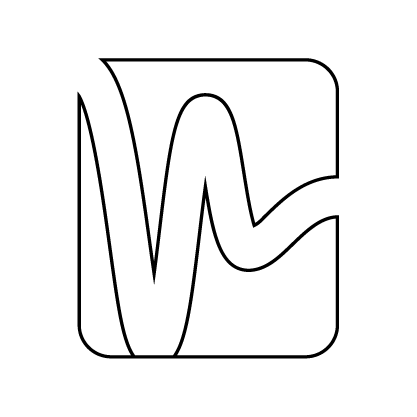Network geometry and multidimensional hyperbolic maps of real networks
Miejsce: s. 111 Gmachu Fizyki
Zapraszamy na wykład Roberta Jankowskiego, doktoranta z Mapping Complexity Lab na Uniwersytecie w Barcelonie.
Streszczenie
Network geometry and multidimensional hyperbolic maps of real networks.
The network geometry paradigm presents a comprehensive framework that adeptly explains the topology, multiscale organization, and navigability observed in real complex networks. By assuming nodes are embedded in the metric space, network geometry establishes a relationship between the probability of link existence and the distance between nodes. This relationship mirrors the topological counterpart of the triangle inequality in the metric space, enabling the explanation of non-fortuitous clustering.
Moreover, network geometry facilitates precise mapping of complex systems. Maps depicting complex networks have been instrumental in various downstream applications, including efficient navigation, community detection, prediction of missing links, and implementation of a renormalization group. Recent research has shown that the dimension of real networks can be greater than one. In this work, we estimated this dimension in terms of navigability and community structure by creating multidimensional hyperbolic maps of real networks into the (D+1)-hyperbolic space. Multidimensional representations of real networks play a fundamental role in identifying factors that determine connectivity and in explaining fundamental issues that hinge on dimensionality, such as the presence of universality in critical behavior.




